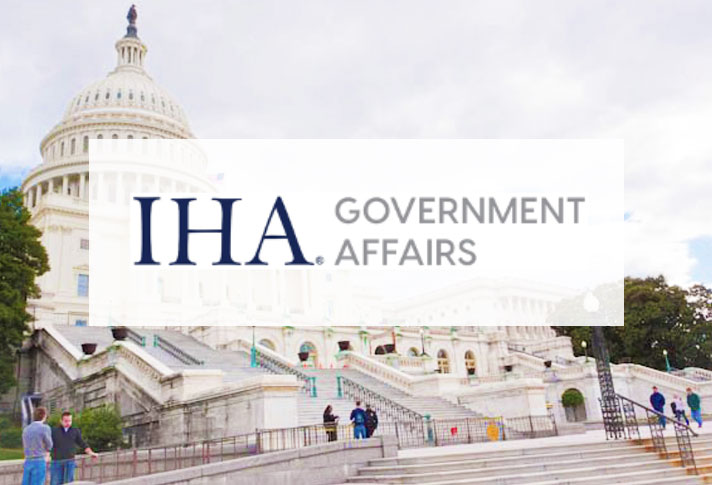On April 26, the U.S. House of Representatives passed the Limit, Save, Grow Act of 2023 (H.R. 2811) to suspend the federal government’s debt ceiling through either March 31, 2024, or a $1.5 trillion increase when the current $31.4 trillion ceiling runs out, whichever comes first. It’s not unusual for Congress to raise the debt ceiling so Treasury can continue to sell U.S. bonds and pay their interest to fund federal programs.
It’s also not unusual for Congress to attach legislative items to debt-ceiling increases and for the President to sign them into law. In some cases, there are spending restraints like 2011’s Budget Control Act signed by President Obama.
Federal spending has skyrocketed over the past eight years, boosted by some $7 trillion in the last three years alone. This has caused the national debt to balloon to about 150% of America’s annual Gross Domestic Product of $22 trillion. Most economists see this as a red flag and the Congressional Budget Office (CBO) says interest on the debt will amount to an eye-popping $10.5 trillion by 2033.
To put that figure in perspective, spending $10.5 trillion on net interest over the next 10 years would exceed all defense spending during that same time period. And with annual deficits adding to the cumulative debt each year, interest payments will become the largest part of the entire federal budget. This explains why most financial experts believe the current pace of federal spending is unsustainable.
It is also understood that tax increases won’t solve this problem. Treasury has received record amounts of tax receipts since passage of the Tax Cuts and Jobs Act of 2017, but federal spending has vastly outpaced revenue increases. With Treasury predicted to hit the debt ceiling by June or July, the Limit, Save, Grow Act would:
- Return discretionary spending (the smallest part of the budget) to the Fiscal Year 2022 level in FY2024, then grow 1% annually for a decade.
- Prevent student loan debt cancellation and income-driven repayment expansion.
- Repeal expanded green energy tax credits in the Inflation Reduction Act (IRA) and rescind unused COVID relief funds.
- Expand work requirements in Medicaid, the Supplemental Nutrition Assistance Program (food stamps) and Temporary Assistance for Needy Families (TANF) beneficiaries.
- Rescind most of the $80 billion of increased IRS funding in the IRA.
CBO estimates the Limit, Save, Grow Act would save $4.8 trillion through FY2033. In addition, the bill would boost domestic energy production, streamline the infrastructure permitting process and require Congress to approve major regulations proposed by federal agencies.
The Limit, Save, Grow Act is now in the Senate, which hasn’t moved a debt-ceiling bill of its own. As a result, House Speaker Kevin McCarthy (R-CA) has been asking to meet directly with President Biden to begin negotiating a debt-ceiling increase deal.



